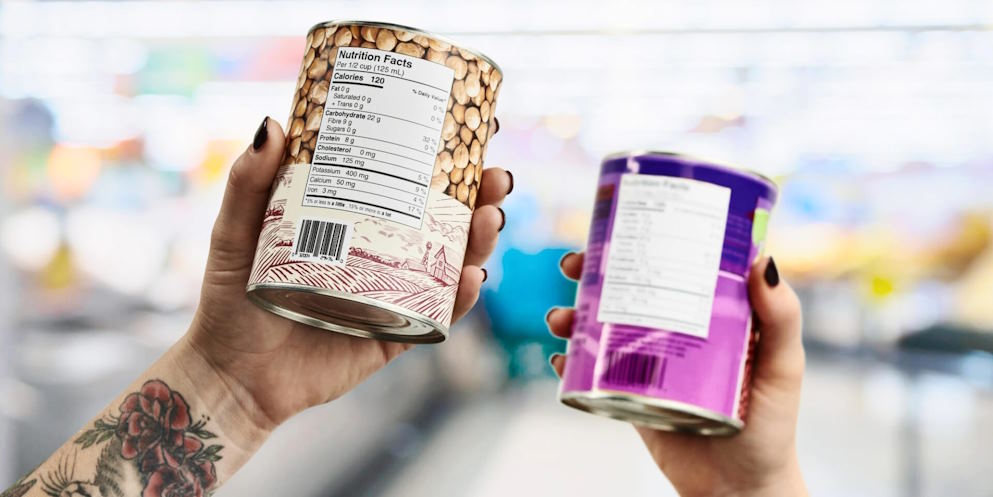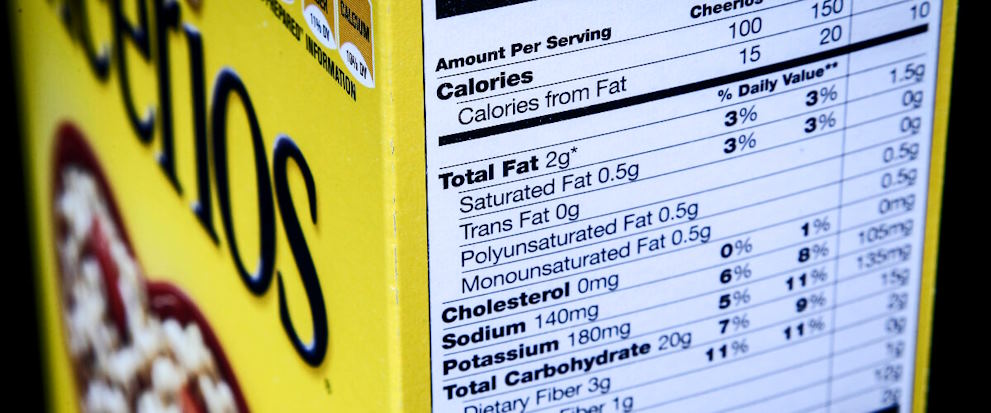When you stroll through the supermarket, you see many food packages with labels. These labels have important information about what’s inside the food. But do you know how to read them?

What things should I pay attention to on food labels?
On food labels, there are several key things you should pay attention to:
Serving Size
Serving size is your starting point. It tells you how much of the food the nutrition facts refer to. Often, the serving size may not match what you typically eat in one sitting, so be aware of how many servings are in the entire package. This information helps you control portion sizes and manage your calorie intake.
Calories
The calorie count per serving is essential for understanding the energy you get from the food. Knowing the calories can help you gauge whether a food fits your daily calorie goals, whether you’re trying to maintain, gain, or lose weight.
Nutritional Information
The nutrition facts panel provides details about the macronutrients: fat, protein, and carbohydrates. It also includes dietary fiber, which is crucial for digestive health. Pay attention to the amounts of these nutrients to make choices that align with your dietary needs. For example, if you’re aiming for a low-fat diet, you’d want to select foods with lower fat content.

Ingredients List
The ingredients list reveals what’s inside the food. Ingredients are listed in descending order by weight, so the first few ingredients are the most significant. Scan this list for unwanted additives, artificial colors, or preservatives. It’s also useful for identifying potential allergens if you have food sensitivities.
Allergen Information
If you have food allergies or intolerances, allergen information is vital. Labels must indicate common allergens like peanuts, tree nuts, milk, eggs, soy, wheat, fish, and shellfish. Be sure to check for these warnings to avoid foods that could trigger allergic reactions.
Added Sugars
Look for added sugars in the ingredients list and the separate line in the nutrition facts panel. Reducing added sugar intake is essential for managing blood sugar levels and overall health. Foods with less added sugar are generally better choices.



